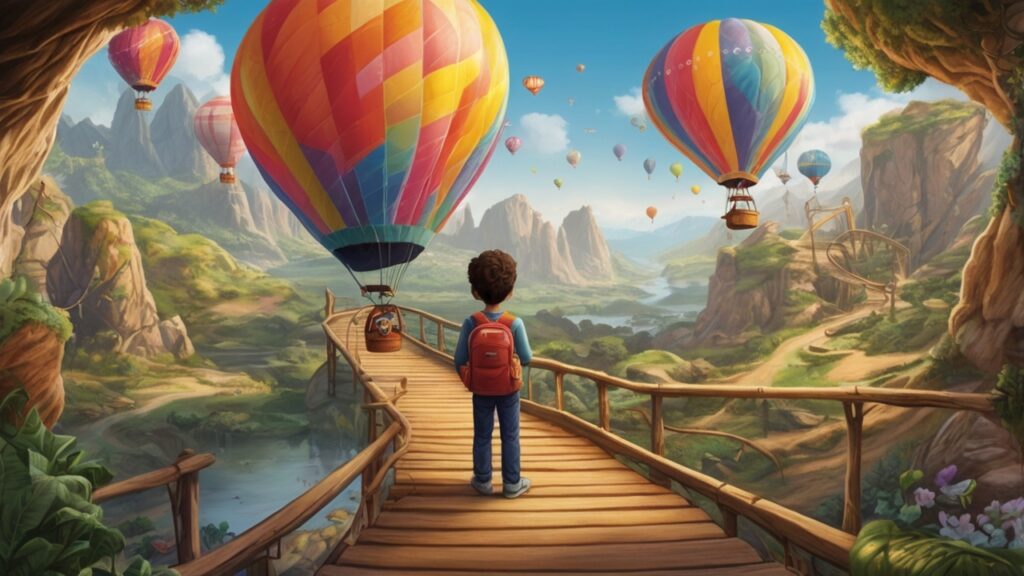Round Rock Journal – Edutainment has become a powerful tool in a world where attention spans shrink and information overload grows. As learning becomes harder to fit into a packed schedule, blending entertainment with education offers a refreshing solution. Moreover, edutainment encourages people to learn without feeling pressured, making the process enjoyable rather than exhausting. Personally, I see it as a bridge between curiosity and play two things adults often forget they still have. It invites us to return to a childlike mindset where exploration is natural, not forced. Because of this, edutainment fits perfectly into modern life, especially for children and adults who crave meaningful yet fun experiences.
“Read also: Why Women’s Soccer Is So Important to Queer People“
How Play Sparks Curiosity and Long-Term Memory
When learning feels like play, the brain responds differently. Instead of perceiving information as a task, it treats it as exploration. Consequently, memory retention becomes stronger. From a psychological standpoint, playful learning activates emotion-driven areas of the brain, helping ideas stick longer than textbook-style facts. I’ve seen this happen countless times people remember the joke behind a lesson far better than the lesson itself. That emotional anchor is exactly what makes edutainment work. Additionally, the sense of discovery motivates learners to keep going, creating a cycle of enthusiasm and curiosity.
Daily Routines as Natural Edutainment Arenas
Surprisingly, daily activities can turn into powerful edutainment moments when approached with intention. For instance, cooking becomes a science experiment when you explain why dough rises or why spices change flavor. Similarly, a walk in the park can transform into a lesson on ecosystems or weather patterns. As a parent or educator, this approach encourages creativity without adding pressure. Above all, it shows that learning isn’t confined to classrooms; it appears in small moments throughout the day. This mindset empowers families to learn together through shared experiences.
Technology’s Role in Expanding Edutainment
Digital tools have pushed edutainment into new territory, making learning accessible anywhere. Apps, augmented reality, interactive videos, and virtual field trips now take center stage. However, the best part is how these tools adapt to different learning styles. Whether someone prefers visual, auditory, or hands-on learning, technology helps personalize the experience. In my opinion, this personalization is the future of education. Furthermore, tech-driven edutainment breaks down socioeconomic barriers because free or low-cost platforms can reach millions of learners globally.
The Edutainment Effect on Children’s Motivation
Children respond exceptionally well to edutainment because their natural instinct is to explore and play. When they engage with stories, colors, characters, or puzzles, their brains shift into active learning mode. Additionally, rewards whether digital badges or simple praise trigger dopamine pathways linked to motivation. I often notice that children who struggle in traditional school environments thrive when lessons feel like games. This shift reveals something deeper: kids learn best when joy is part of the process. As adults, we can support this by choosing materials that spark imagination, not stress.
“Read also: Electric Vehicle Technology and Its Real Environmental Impact“
How Adults Benefit Without Realizing It
Even though adults rarely use the term “edutainment,” they practice it unconsciously. Podcasts make traffic jams productive. Documentaries offer knowledge disguised as entertainment. DIY videos turn home repairs into skill-building adventures. Therefore, edutainment quietly enriches adult life at moments when least expected. Personally, I believe adults crave learning just as much as kids they simply need learning environments that feel welcoming rather than academic. When education becomes casual, adults embrace new skills with confidence.
Practical Ways to Add Edutainment to Your Daily Life
Incorporating edutainment doesn’t require expensive tools or complicated setups. For example, families can start a “question of the day” routine that encourages conversation during meals. Adults can turn chores into listening sessions with educational audio content. Meanwhile, children can use simple art projects to understand math or storytelling. Each of these actions creates layered learning experiences that feel organic. The key is consistency small, enjoyable learning moments repeated every day have a larger impact than forced study sessions.
Edutainment as a Path Toward Lifelong Learning
Ultimately, the true gift of edutainment lies in its ability to cultivate lifelong learners. When education feels enjoyable, people remain curious well into adulthood. Consequently, learning becomes a lifestyle, not an obligation. In my view, edutainment serves as a reminder that knowledge should never feel like a burden. Instead, it should inspire us and enrich our perspectives. As long as we continue blending fun with learning, we keep the spark of curiosity alive across generations.

